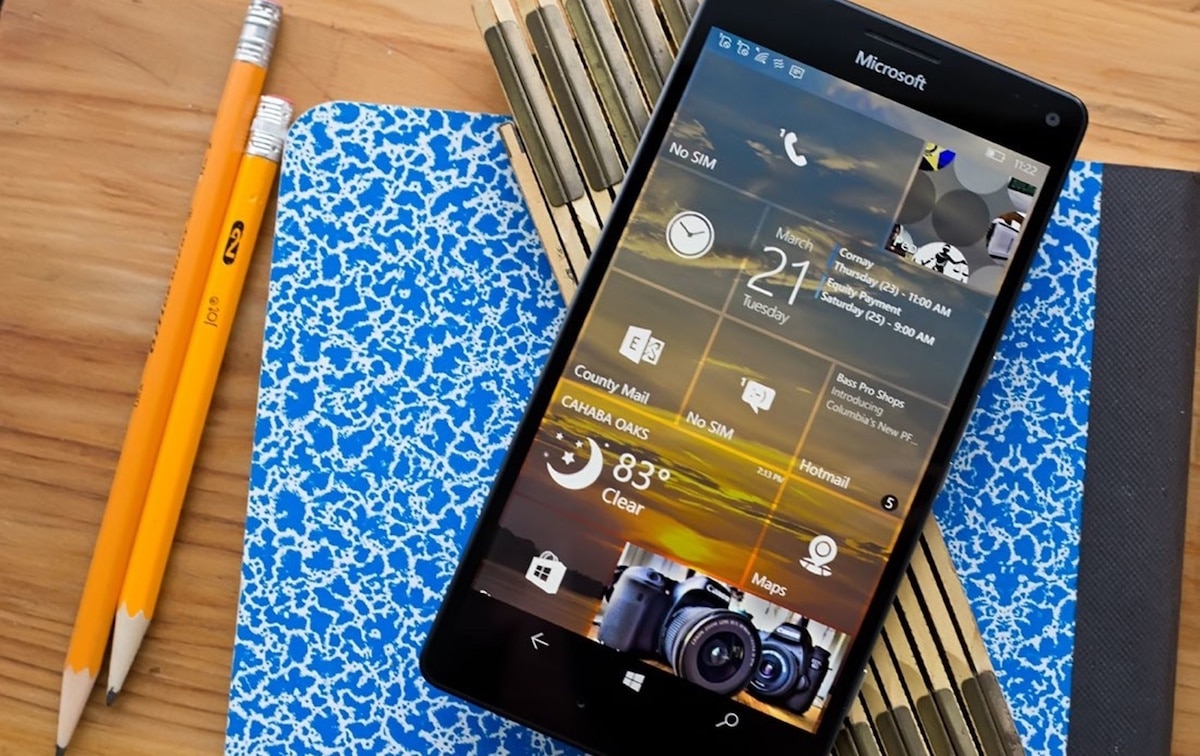
Changing the operating system of an electronic device is a task for which it is necessary to have a lot of knowledge, since you must be able to face all the problems that you may encounter along the way.
If we talk about smartphones, a few years ago it was common to find custom ROMs for certain devices, ROMs that you only had to install because they are designed for specific devices. But if we don't get out of there, you shouldn't change Android OS of your mobile by no other.
Operating systems for mobile devices
Since smartphones hit the market in the early 2000s, many operating systems have tried unsuccessfully to gain a foothold in the market, a market that is currently dominated by iOS and Android.
Windows Phone

Microsoft had in its hand the opportunity to enter the market but the management of Windows Phone was a real disaster at the hands of Steve Ballmer, CEO of Microsoft at the time.
Windows Phone was touched to death by Steve Ballmer's mismanagement. With the arrival of Satya Nadella to the position of CEO of Microsoft, he saw that there was nothing to do and decided to leave Windows Phone forever.
Windows Phone offered seamless integration of a mobile with a Windows-managed computer, much like an iPhone with a Mac. Microsoft stopped offering support for Windows 10 Mobile in January 2020.
Microsoft focused its efforts on offering its entire ecosystem of applications on Android and currently the integration between Android and Windows is practically perfect through the Your Phone application.
Firefox OS

In 2013, the Mozilla Foundation introduced Firefox OS, an HTML 5-based mobile operating system with an open source Linux kernel. It was designed to allow HTML 5 applications to communicate directly with device hardware using Open Web APIs and JavasScript.
This operating system was focused on low-end terminals and tablets such as the ZTE Open (sold by Telefónica) and the Peak. In addition, it was also available for the Raspberry Pi, smart TVs, and energy-efficient computing devices.
The life of Firefox OS was short, as in 2015, the Mozilla Foundation announced that it was canceling development of Firefox OS for mobile devices. Despite the broad support it had from the volunteer community, it was not supported by smartphone manufacturers, who, in the end, are always the ones who decide whether or not a mobile operating system succeeds.
Tizen OS
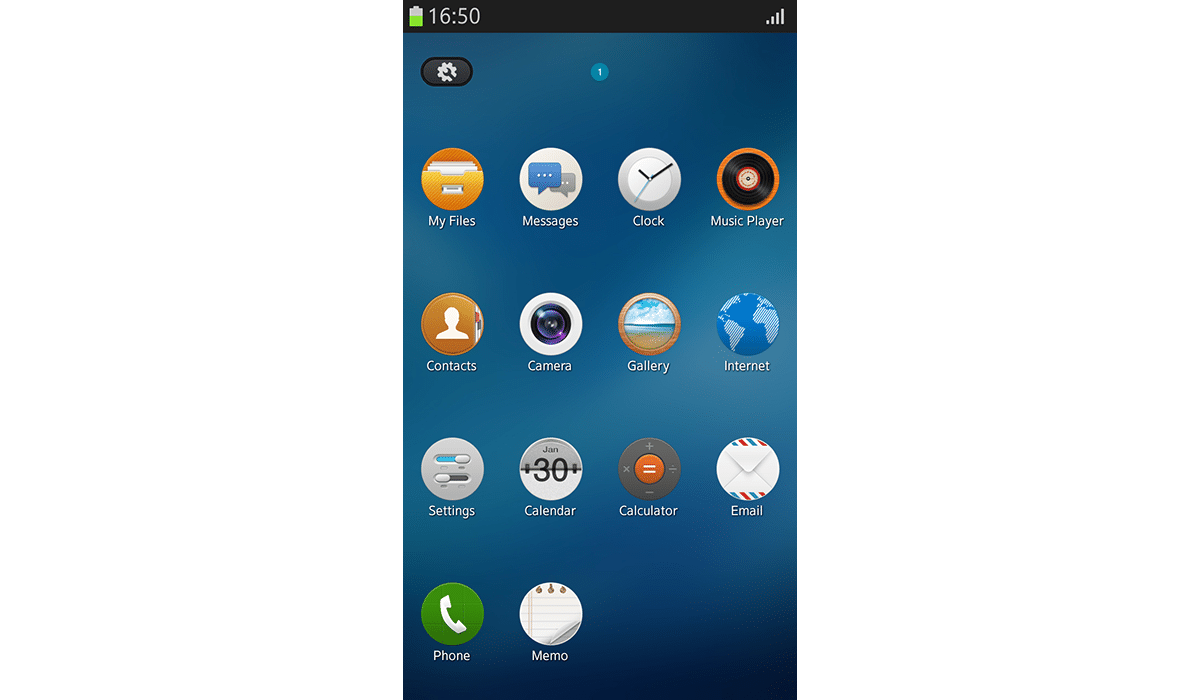
Although Tizen has always been associated with Samsung, this operating system based on Linux and HTML 5 was sponsored by the Linux Foundation and the LiMo Foundation to create an operating system for tablets, notebooks, smartphones, smart TVs ...
When the final version was released in 2013, it was compatible with Android applications. The initial idea for this project was to create an open source operating system, however when version 2 was released it was under license from Samsung.
Tizen is present in all Samsung smart TVs as well as its connected appliances. And until recently, it was also the operating system for the Korean company's smart watches.
On mobile devices, until recently Samsung has continued to launch smartphones with Tizen destined for developing countries.
Ubuntu Touch
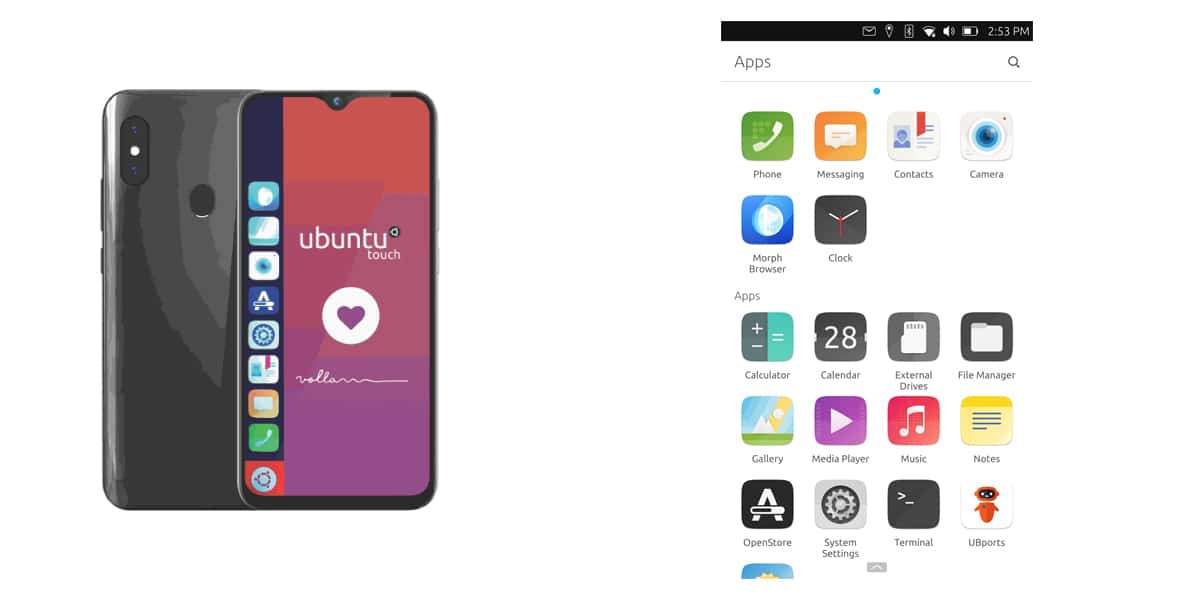
The company Canonical, dedicated to the sale of products and services with Ubuntu, presented the 2013 Ubuntu Phone, an operating system that used a graphical interface by gestures based on the Unity design.
One of its main attractions was the ability to load the Ubuntu desktop by connecting the device to a keyboard and mouse port.
This fantastic idea was adopted by Samsung with the Deck, a functionality that allows us to connect a mouse and keyboard to a Samsung smartphone to work as if it were a computer with Ubuntu.
In 2017, Canonical abandoned the development of this operating system. So far only the firms BQ and Meizu had opted for it, each launching a smartphone on the market with Ubuntu Touch.
Salfish OS
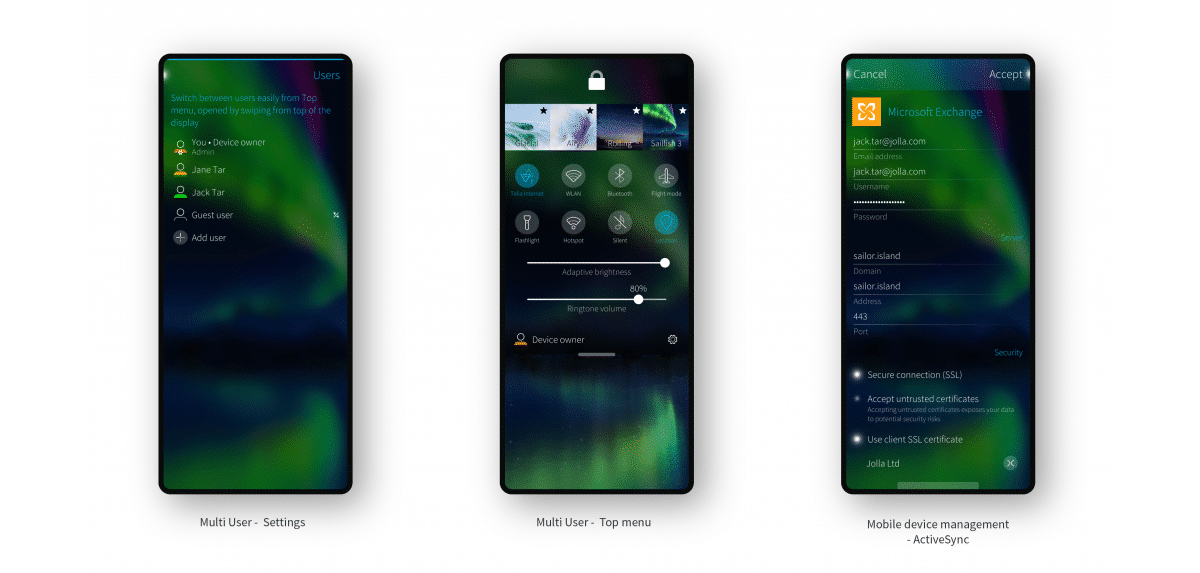
With a linux kernel and programmed in C ++, we find Sailfish OS, an operating system for mobile devices created by the Finnish company Jolla Ltd., a company created by former Nokia workers when Microsoft bought the company and started using Windows Phone.
Sailfish OS is capable of running Android applications. Most of this operating system is free software except for the user interface known as Sailfish Silica, so all those who want to use it have to pay for the license.
Unlike other mobile operating systems, Sailfish OS continues in development thanks to the commercialization agreements that the company reached with China, Russia and some Latin American countries due to the unstoppable rise of iOS and Android and suspicions of possible espionage. by the American companies behind it.
webOS

Before Android became popular, Palm introduced webOS, a Linux-based operating system using HTML 5, JavaScript, and CSS, found inside the Palm Pre, a device that hit the market in mid-2009.
Following the purchase of Palm by pate from HP, three new devices were launched on the market, devices that were so poorly successful in the market that they forced the company to continue their development in 2011.
In 2013, the manufacturer LG bought webOS to use it as the operating system for its smart TVs. In 2016 it launched the first smartphone with the new webOS, the Motorola Defy. Since then nothing else has been known about the development of webOS for smartphones.
After LG's announcement to abandon the telephony market, we can already forget about seeing a smartphone with webOS in the future.
Others
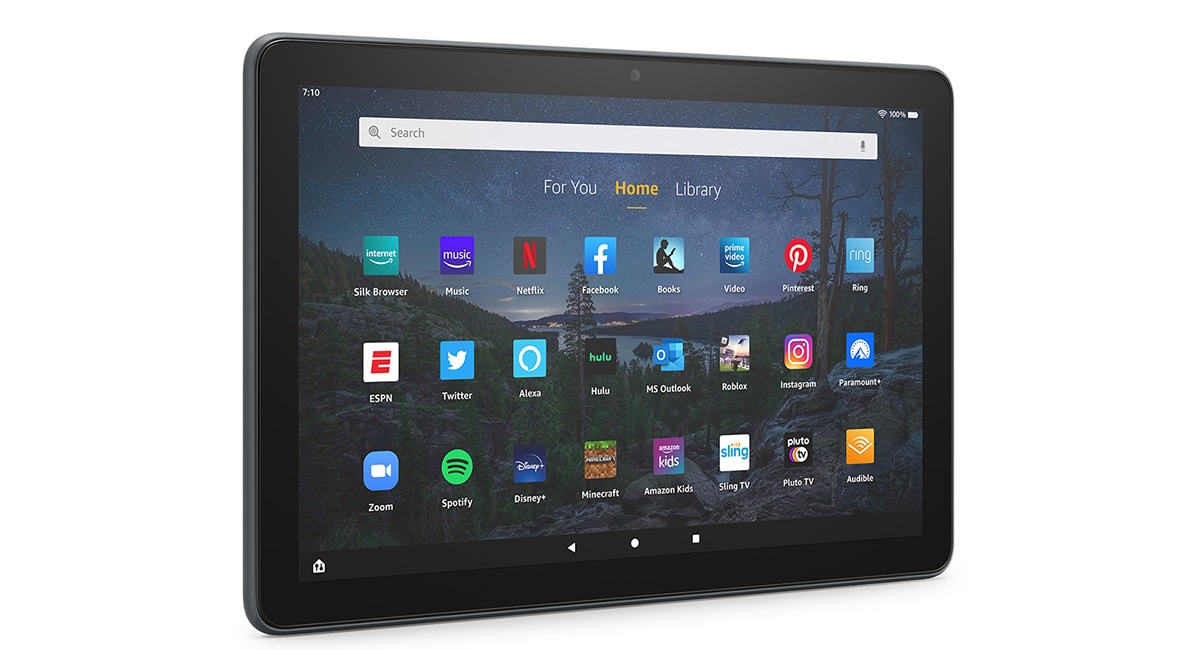
The operating system of Amazon tablets, like the one used by Huawei in its smartphones, are nothing more than Android forks, that is, they use the AOSP (Android Open Source Project) but without Google applications, so they are still Android.
Change the Android operating system?
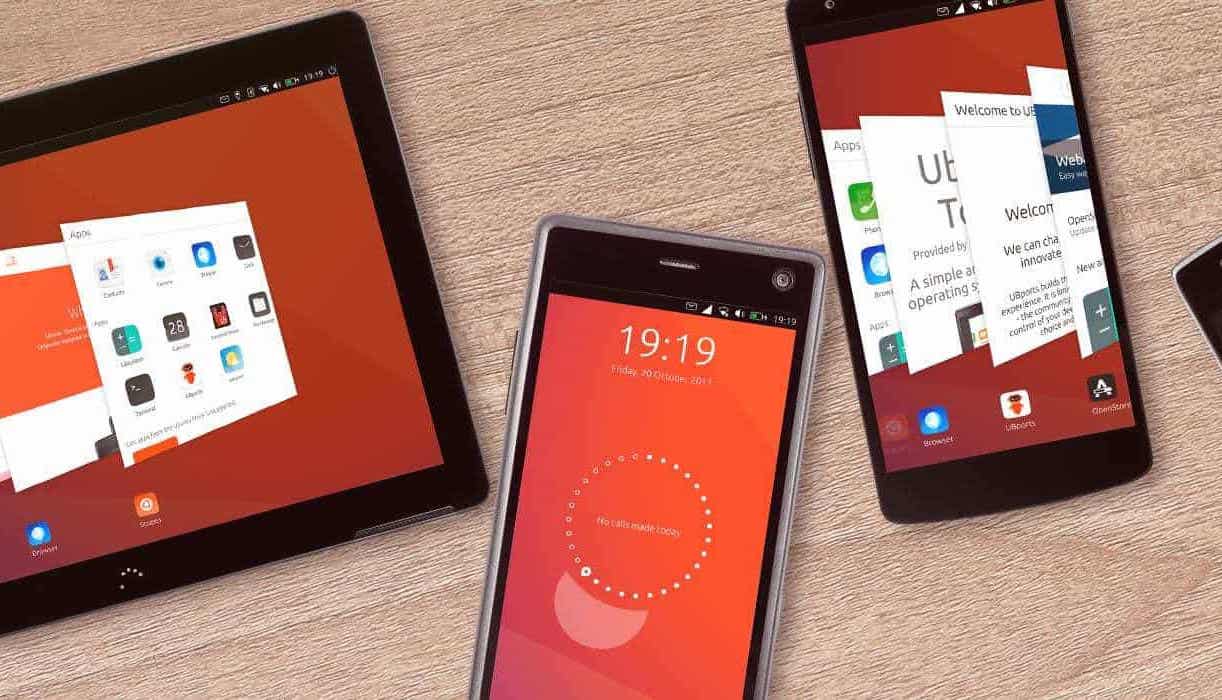
If you have ever considered changing Android for another operating system, here are the reasons why it is a very bad idea.
Driver compatibility
For a component to work in an operating system, such as the communications modem, the operating system must have the corresponding drivers installed, regardless of the operating system.
Most of the components that we can find inside an Android smartphone are only supported through Android. You will not find support for these components, no matter how generic they are in other operating systems such as Windows Phone, Firefox OS, Tizen OS, Ubuntu, Sailfish, webOS ...
Performance problems
Related to the previous section, we are also going to find operating problems, if at some point we can make the operating system work on the phone.
If we manage to install any of the alternative operating systems to Android, it is most likely that some features of the device will not work, such as the Wi-Fi connection, the data connection, the bluetooth ... and finding the necessary drivers can be a daunting task if we don't have the right knowledge.
You will lose the warranty
If the smartphone where you want to try another operating system is less than two years old, when you install another operating system, you will lose the manufacturer's warranty, so it is only advisable to try to carry out this process on an old smartphone.
You will not be able to restore the terminal to its original state
Another problem we face is that we will not be able to restore the device to its original state, since this process requires deleting any previous trace stored on the device, including the backup that allows restoring the device from scratch. .